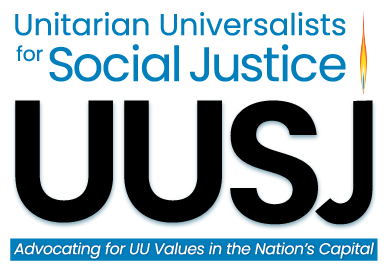Average citizens who think they can whip a concealed gun out to shoot down a bad guy are living under a dangerous illusion. Joel Miller | 9/1/1999
This essay first appeared in the September/October 1999 issue of UU World, when the author was minister of the Columbine Unitarian Universalist Church, near Columbine High School in Littleton, Colorado.
The Unitarian and Universalist tradition of nonviolence dates back at least to 1839, when Universalist minister Adin Ballou declared he was a “radical pacifist.” While I believe that trained law or military officers must sometimes use violence to defend us from more grievous harm, I agree with pacifists that love, church, family, and friendships have more power to solve problems than violence does. I have some experience in this area.
Before I became a minister, I worked in my family’s jewelry store. Selling jewelry requires a vigilance about crime that I never could get comfortable with. For years, two guns had been hidden in our store, though they had never been used—luckily, since none of us knew a thing about guns. Finally, I took a gun safety and target shooting course from the National Rifle Association, becoming a fair marksman.
After finishing the course, I read up on the use of guns in violent confrontations, and I practiced often at the shooting range. I learned some basic rules: If you have a gun, you must be willing to use it. If you can’t or won’t use it, the gun will likely be taken and used against you. Also: Know what is behind your target—it could be your spouse or child. If my study of guns seems to contradict the Unitarian Universalist Principles I believed in—well, it does. Scarcely an adult, I hadn’t thought deeply about the meaning of my willingness to use lethal force.
Then, I saw an article on safe practices during a robbery. I learned that the odds of being killed by robbers are very small if you follow their directions. However, if you show or use your own gun, someone—probably you—will almost certainly end up injured or killed. To succeed in business, you have to know how to balance risks with potential benefits. In this case, the risk-benefit analysis was clear: using a gun to protect yourself from robbery was not a good option. Soon enough, I would get the chance to apply this analysis in a real-life incident.

